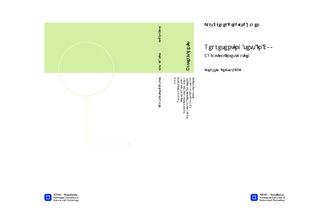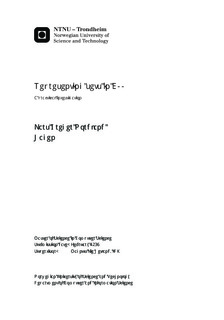| dc.contributor.advisor | Hetland, Magnus Lie | nb_NO |
| dc.contributor.author | Hagen, Lars Greger Nordland | nb_NO |
| dc.date.accessioned | 2014-12-19T13:41:16Z | |
| dc.date.available | 2014-12-19T13:41:16Z | |
| dc.date.created | 2014-05-31 | nb_NO |
| dc.date.issued | 2014 | nb_NO |
| dc.identifier | 720589 | nb_NO |
| dc.identifier | ntnudaim:10491 | nb_NO |
| dc.identifier.uri | http://hdl.handle.net/11250/253678 | |
| dc.description.abstract | The standard C++ classes for storing ordered sets and maps were created at a time when the latencies of the memory hierarchy were not as dominant a factor of performance as they are today. Consequently, the restrictions placed on a conforming implementation of the C++ standard forces a design similar to a balanced binary search tree. These structures have many desirable qualities, but do not make effiecient use of the memory hierarchy.This report presents alternative ordered set structures which conform to a subset of the C++ standard demands. Drawbacks and strengths of these alternative structures are discussed, and running time for a number of use cases, set sizes and element types is measured.These experiments show that relaxing the requirements of the C++ standard ordered set definition can give large gains in performance. | nb_NO |
| dc.language | eng | nb_NO |
| dc.publisher | Institutt for datateknikk og informasjonsvitenskap | nb_NO |
| dc.title | Representing sets in C++: A practical investigation | nb_NO |
| dc.type | Master thesis | nb_NO |
| dc.source.pagenumber | 86 | nb_NO |
| dc.contributor.department | Norges teknisk-naturvitenskapelige universitet, Fakultet for informasjonsteknologi, matematikk og elektroteknikk, Institutt for datateknikk og informasjonsvitenskap | nb_NO |

